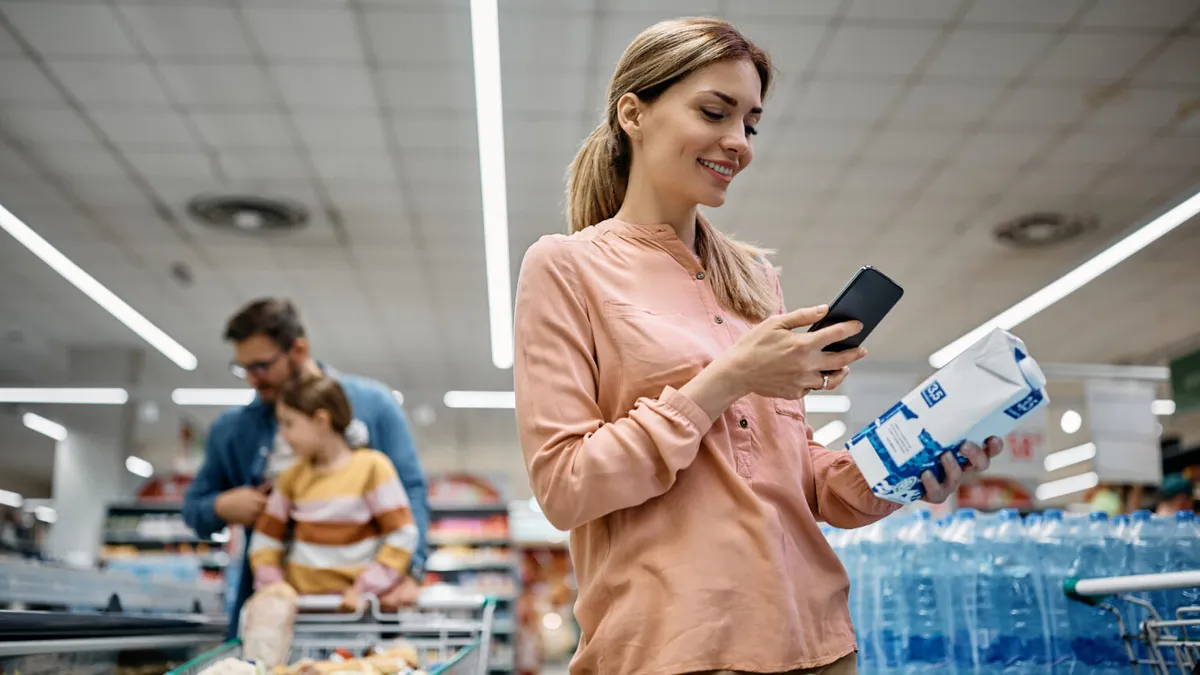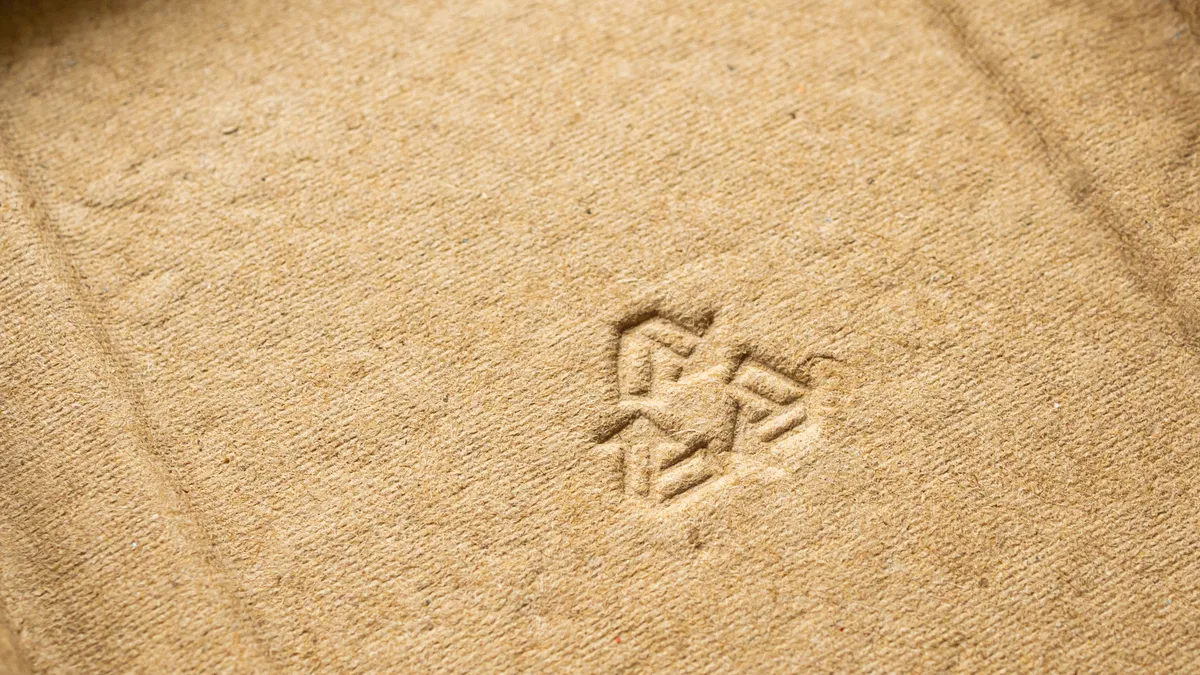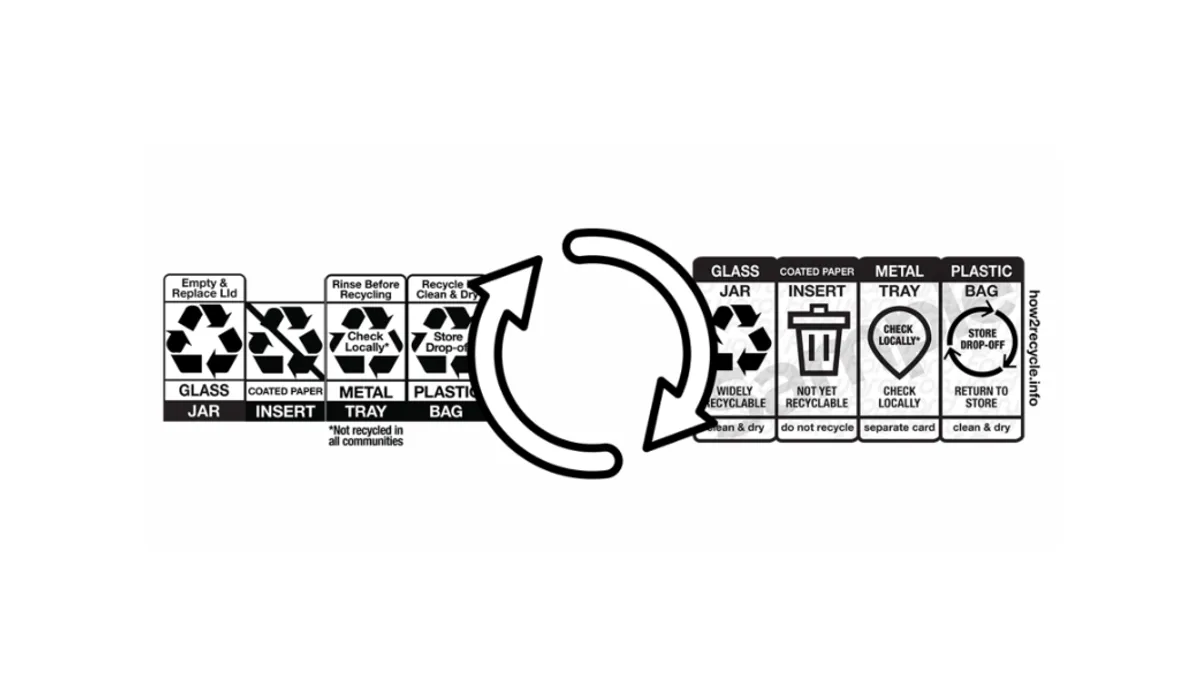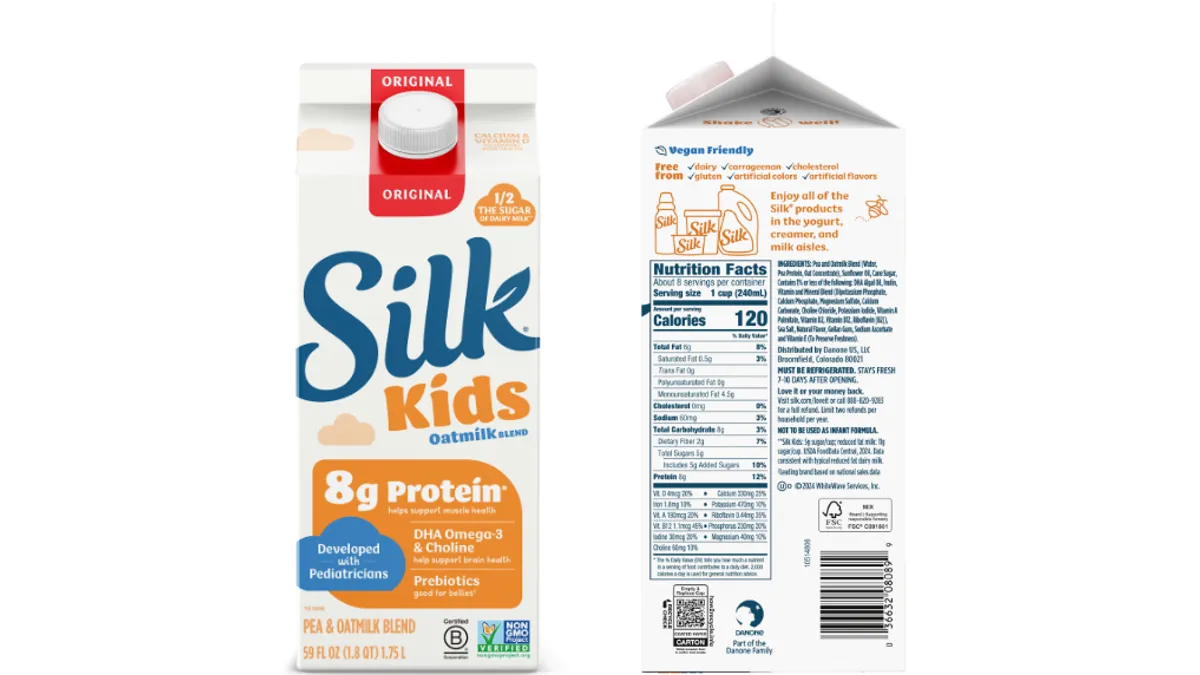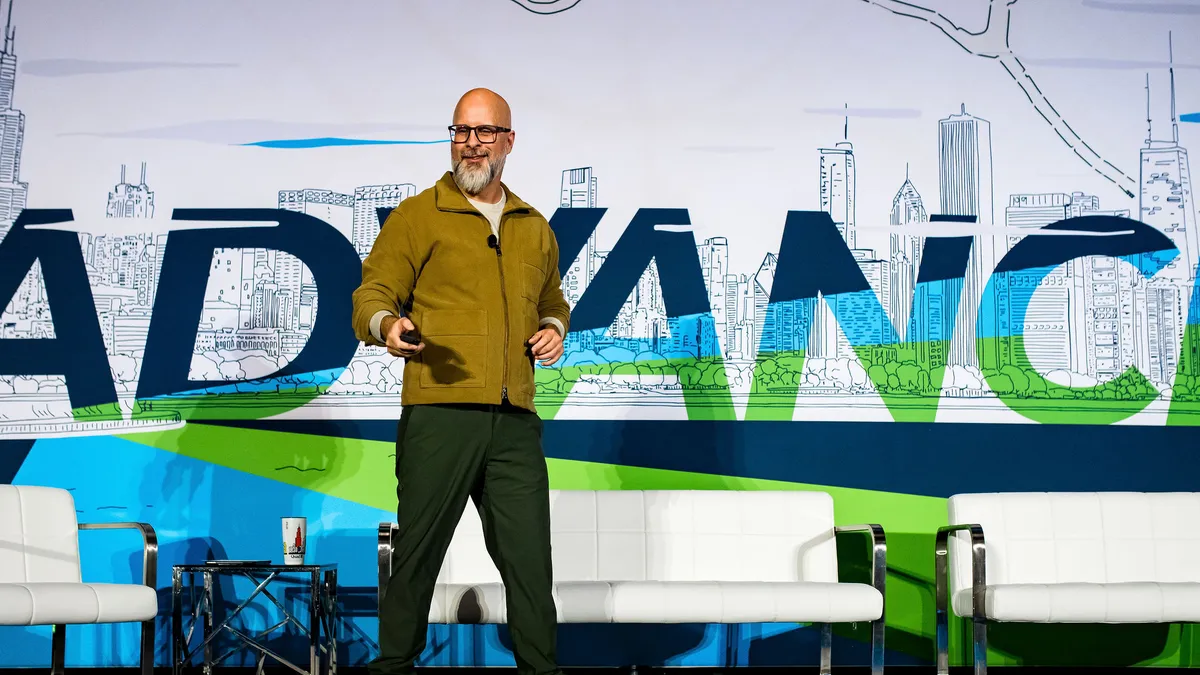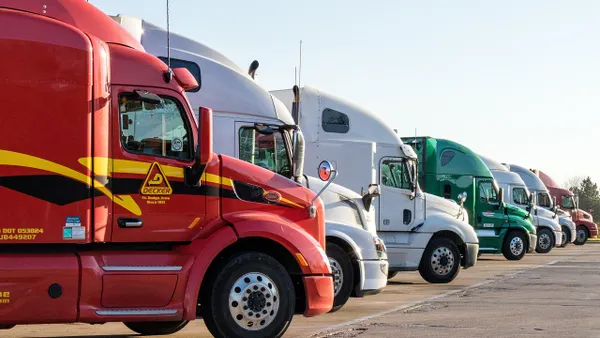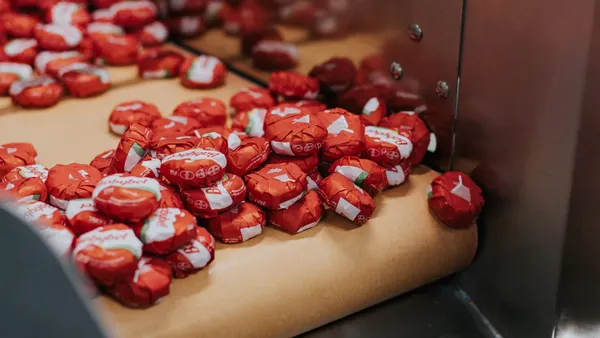Dive Brief:
- GreenBlue will offer a higher-priced, dynamic label option, How2Recycle Plus, starting in 2025. GreenBlue and The Recycling Partnership co-announced the new label, enhanced by the Recycle Check QR code, on Thursday at the inaugural How2Recycle Summit in Chicago.
- For consumers who choose to scan it, the QR code can be a gateway to localized data via the National Recycling Database and its newly added community recycling program acceptance data. This delivers a ‘yes’ or ‘no’ answer about whether a material is accepted for recycling in a consumer’s community.
- The organizations announced that Danone will soon be the first company to feature How2Recycle Plus, on certain Silk brand products. General Mills and Horizon Organic previously piloted the QR codes.
Dive Insight:
This partnership and dynamic label have been a few years in the making. Previously, there was “some friction in the relationship” between the two organizations, said GreenBlue Executive Director Paul Nowak. The Recycling Partnership’s Vice President of Recyclability Solutions Katherine Huded agreed. But the two leaders came together to identify GreenBlue’s strengths in labels and education and The Recycling Partnership’s focus in data and local communities.
“I see this tool in the hands of millions of Americans across the country in the near future. I see it re-engaging people, in a trustworthy way, in the recycling system,” Huded said Thursday afternoon. The Recycling Partnership said it received a grant from the Walmart Foundation to accelerate the rollout.
The Recycling Partnership, which runs the National Recycling Database, announced last week that for the first time it would release community recycling program acceptance data.
“Until today, communicating the recyclability of packaging has been informed by a national-scale study conducted every five years. The Partnership’s Acceptance Data will be published twice-annually,” the organization said in a news release, and will help inform recyclability status decisions under How2Recycle.
Data was collected from thousands of community recycling programs using automation tools and later verified using a mix of automated and human research, explained Jessica Vreeswijk, director of circular economy data at The Recycling Partnership, during a separate panel at the summit. This was no easy feat because some communities present acceptance lists using visuals, and there’s a vast array of terminology used across programs to describe various containers, said Marina Solis, a project manager with How2Recycle.
Already this week, GreenBlue had unveiled a redesigned How2Recycle Pro label with updated iconography. The group is currently seeking feedback from state and federal regulators and other stakeholder groups. How2Recycle members will have the option to decide whether they want to use the more basic (Pro) or dynamic (Plus) labels on different products going forward.
“I think a number of people will go to How2Recycle Plus, but a bunch are going to still stay on the standard label. So we have to serve both,” Nowak said in an interview prior to the summit. “We can't just assume people will, a) have the money to jump to it, and b) even want to. If they have a standard paperboard carton that's known to [have a] very high acceptance level for recyclability, there's a chance they might choose to stay on it, but it still has to comply with possible legislative changes.”
GreenBlue is aware of accessibility concerns around QR codes. “Just like the rest of our labels, there will still be other information around it,” for people who don’t have a smartphone, who have a disability or who simply don’t want to engage, Nowak said. “We've done studies around it. Just the QR code by itself, in our opinion, is not inclusive enough, so we're going to keep that language. There might be a time 50 years from now [when] it is, but today, we want to make sure everyone has the option.”
Nowak said GreenBlue was adamant with members that recycling answers have to be the first screen a consumer sees after scanning a QR code; the initial messaging should not contain marketing.
GreenBlue also understood how hard it would be to get new contracts with brands for a new label, Nowak said, and thought it made sense for How2Recycle to manage the dynamic label because it already has hundreds of members. “They're legal contracts that you can amend,” Nowak said. It’s “much easier to do an addendum with a large organization than do a new contract.”


